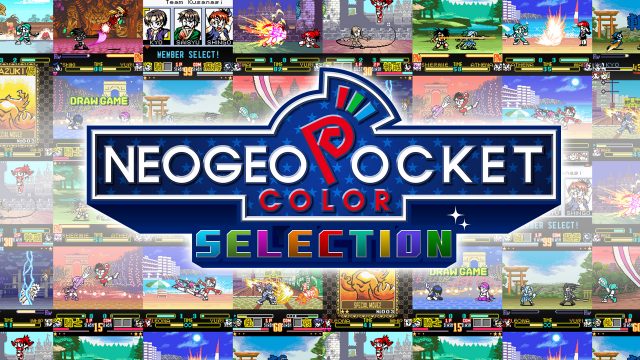Nintendo has announced the latest addition to the Nintendo Switch family of systems — and although it's not quite the long-rumoured 'Switch Pro', the Nintendo Switch OLED Model (to give its official name) is certainly a looker, with a bigger, brighter screen than the standard model.
The 'new' Switch features an upgraded touch screen over the LCD touch screens found in both the standard Switch and Switch Lite. But what makes Switch OLED's screen better than the screens in the older models?
In this guide we'll look at how the screen in the new console is different from the previous screens, and why this upgrade is significant, even if the rest of the console hasn't changed much.
What's the difference between the Switch OLED Model and standard Switch screens?
Well, for starters it's bigger. For a full spec breakdown of the new Nintendo Switch OLED Model versus the standard Switch and the Switch Lite, check out our full Switch OLED tech specs comparison guide, but we'll cover the screen differneces here:
- The new Nintendo Switch OLED console has a 7-inch OLED multi-touch capacitive touch screen with a resolution of 1280x720p.
- The standard Nintendo Switch console has a 6.2-inch LCD multi-touch capacitive touch screen with a resolution of 1280x720p.
- The handheld-only Nintendo Switch Lite has a 5.5-inch LCD multi-touch capacitive touch screen with a resolution of 1280x720p.
So, that's the same resolution across all three consoles with various screen sizes from the Switch Lite through the standard model to the upcoming OLED Switch.
That OLED detail is a big detail which offers significant iprovements over the LCD screen in the current Switch line, though. Read on to find out why…
Why is OLED better than LCD?
Simply put, OLED offers illumination on a per-pixel basis, meaning each pixel on the screen can be illuminated individually. Conversely, LCD screens rely on illumination from larger backlights which can result in light spill and dark areas of the screen that appear 'grey' rather than black — think about how the illuminated 'black' screen looks on your Switch when you first turn it on.
Therefore, thanks to the localised illumination OLED technology offers, the screen on the new Switch OLED model will have deeper blacks, better contrast and a more vibrant look over the LCD versions.
OLED can also offers benefits in terms of battery life — no power is 'wasted' lighting areas of the screen that shouldn't be illuminated, so OLED screens are more power efficient. Nintendo is apparently using the same battery for the new model (Lithium-ion battery / 4310mAh) and its manufacturer estimates for battery life on the new OLED Switch model are identical to the standard Switch — 4.5 to 9 hours depending on the factors such as the game you're playing, screen brightness and wireless connectivity.
Now, the new Switch does have a bigger screen which will draw more power, and according to Nintendo's estimates the savings made through OLED efficiency will be eaten up by the extra 0.8 inches of the new screen. However, it's possible Nintendo is being conservative here and we might see some ever-so-modest improvements in terms of battery life. No promises, though.
Does Nintendo Switch OLED have HDR?
There's no mention of Switch OLED supporting HDR, which for TV output would require an upgrade to the standard dock's HDMI 1.4 port to HDMI 2.0.
HDR — High Dynamic Range — video allows for a greater contrast, subtlety between shades and better accuracy across an increased colour gamut and really looks fantastic on OLED screens. It's not listed as a feature of the new Switch, though.
No benefit from HDR, Switch games would need to be updated to support it — it's not as simple as flipping a switch (ha!). Perhaps we'll see HDR integrated into a future iteration of the hardware, but it doesn't appear to be present in the Switch OLED model.
How will Switch OLED's screen affect the way games look?
In general, games will look more vibrant on Switch OLED, with richer colours and better contrast between light and dark areas of the screen.
The larger 7-inch screen at the same resolution as the smaller-screened models means a decrease in pixel density, so the general improvements in image presentation with come with OLED should also help mitigate that minor reduction in overall image 'sharpness'.
Will Switch OLED make the games look any different in docked mode?
No, as far as we know, your games will look identical on a TV whether they're running on a standard Switch or the newer OLED model.
Can I dock the Switch OLED to a standard Switch dock?
Yes, according to Nintendo UK's Switch OLED FAQ, you will be able to use your regular Switch dock with the new console, and vice versa.
If you're looking for detailed information on Switch OLED model tech specs, check out our Switch OLED vs. Standard Switch vs. Switch Lite spec comparison guide. You can also find some lovely pics of the new model in our Switch OLED gallery. Let us know below if you've got any questions about the screen i the new Switch and we'll endeavour to answer them above.

